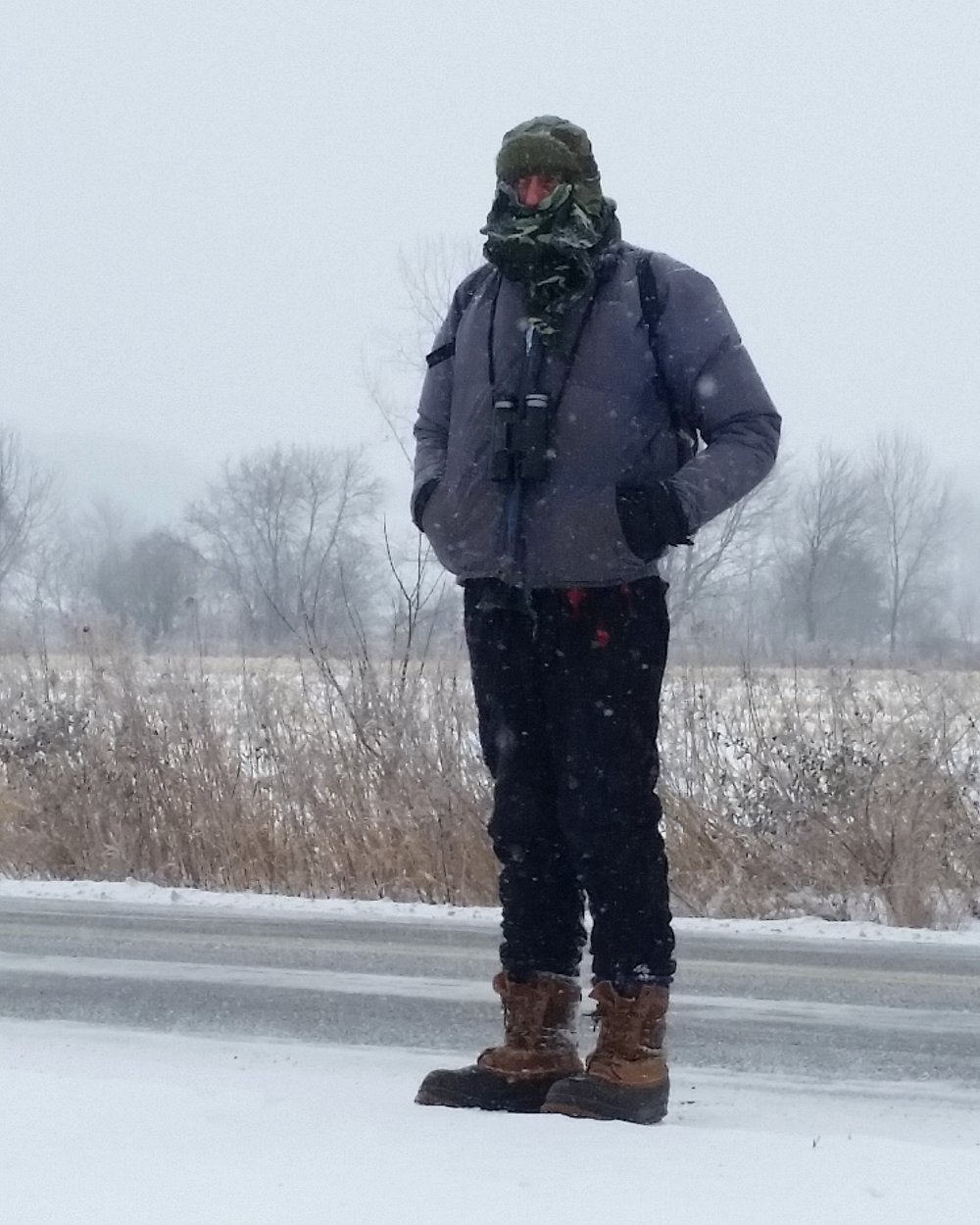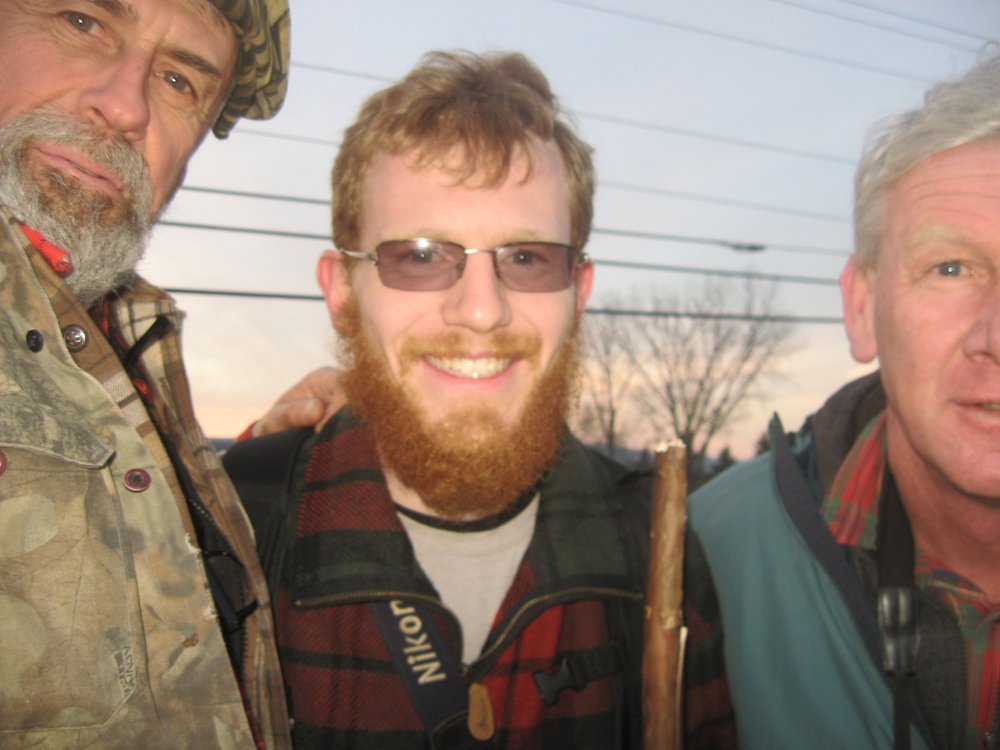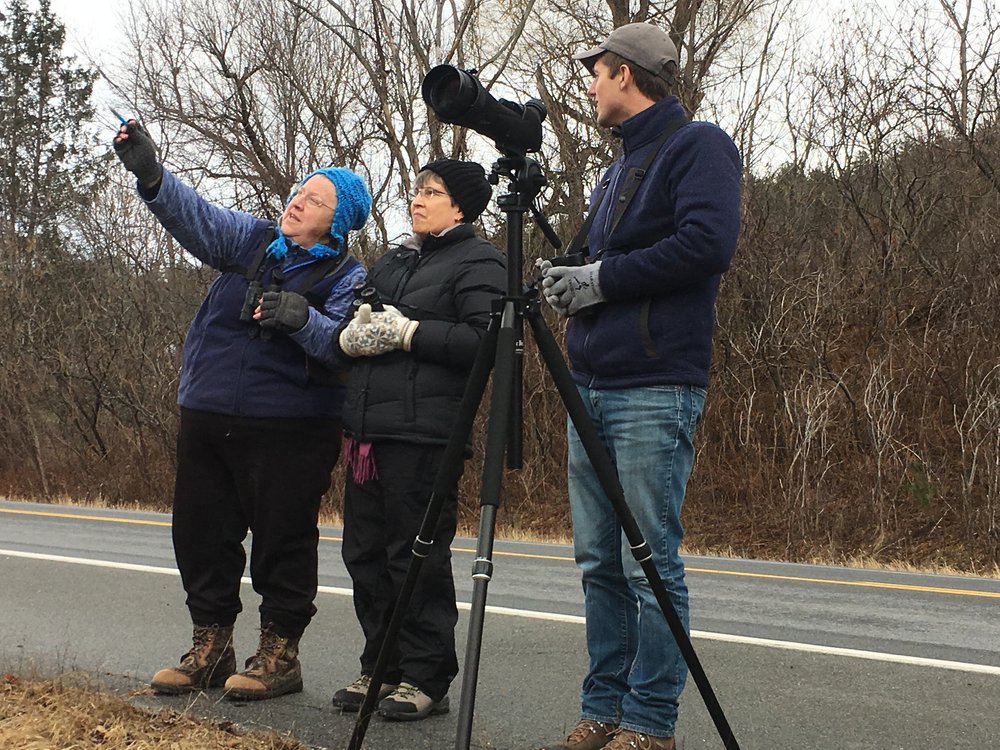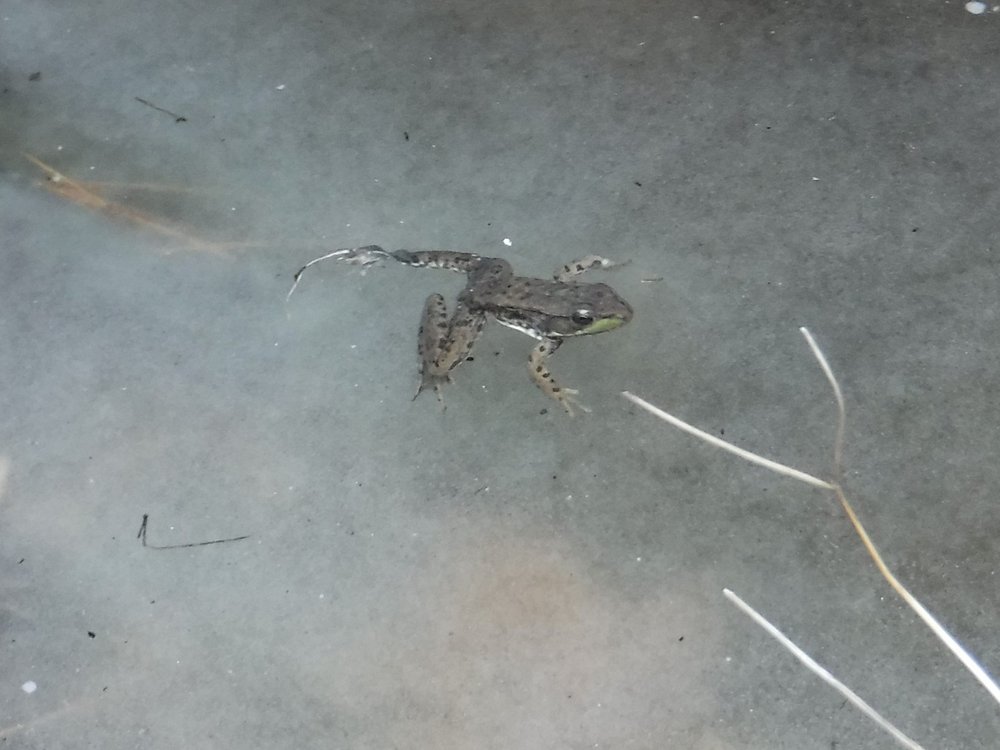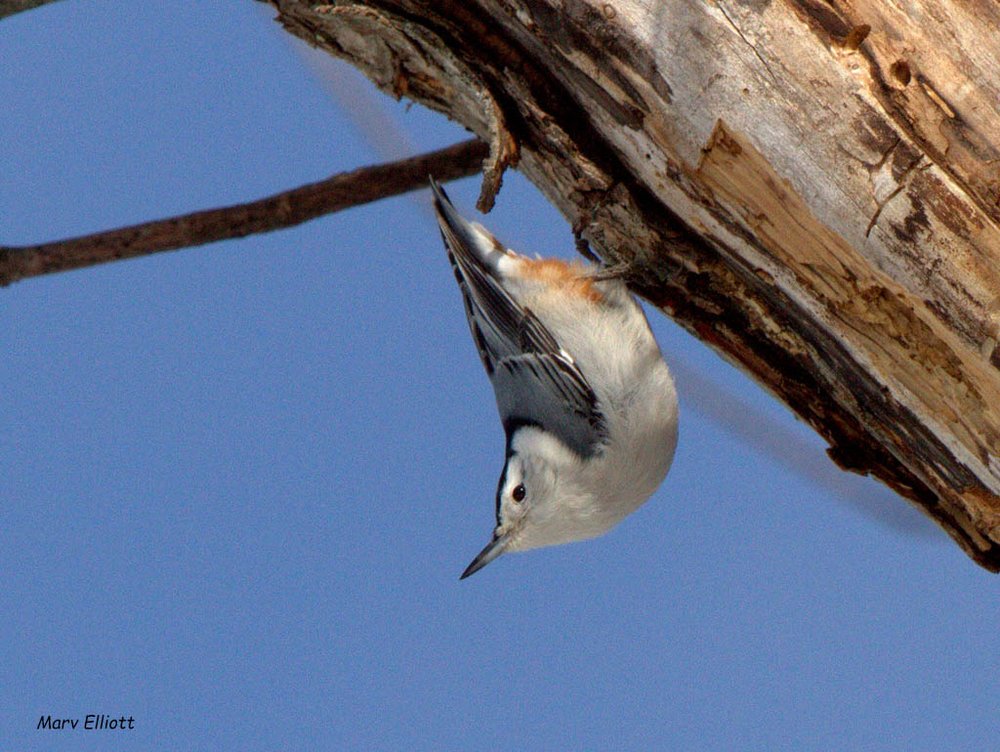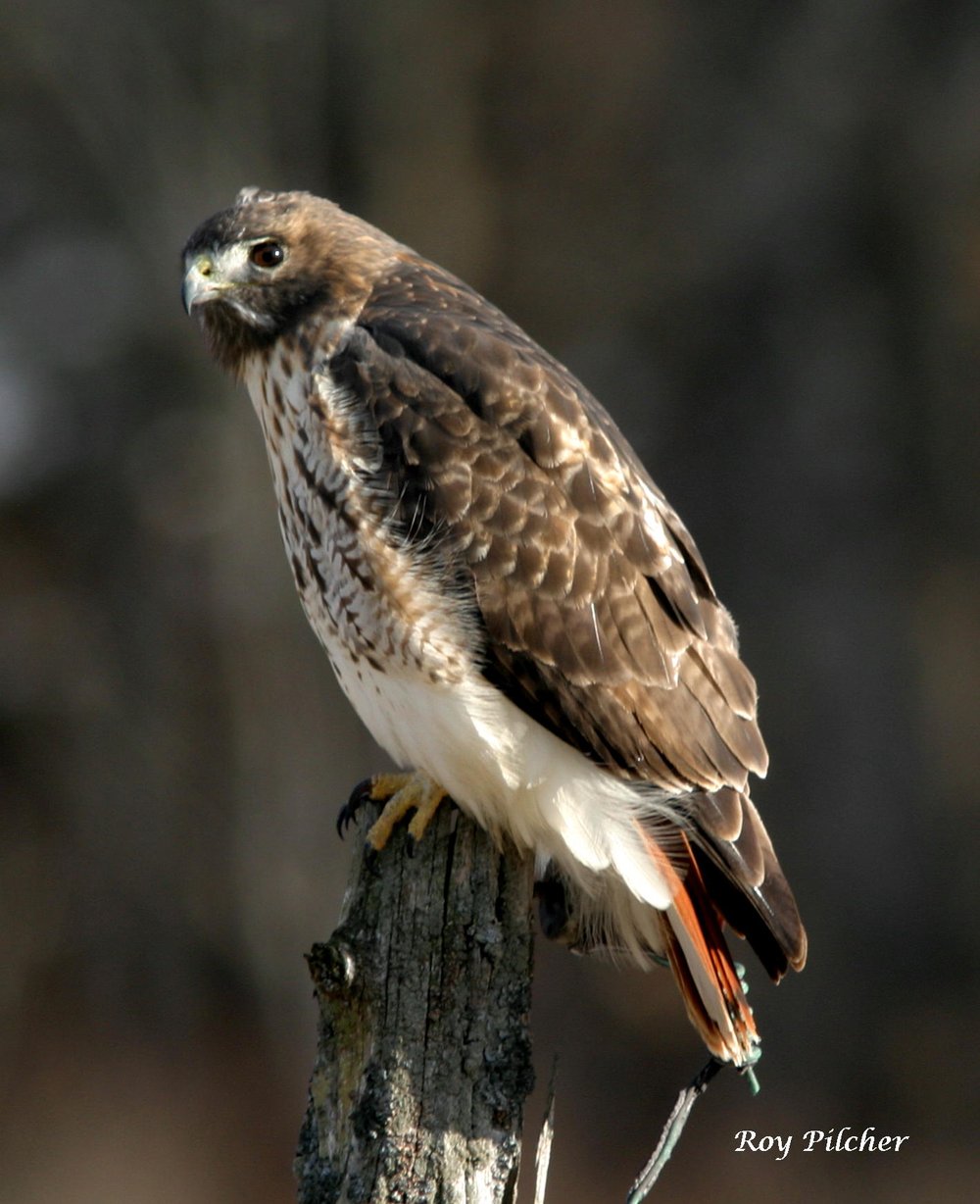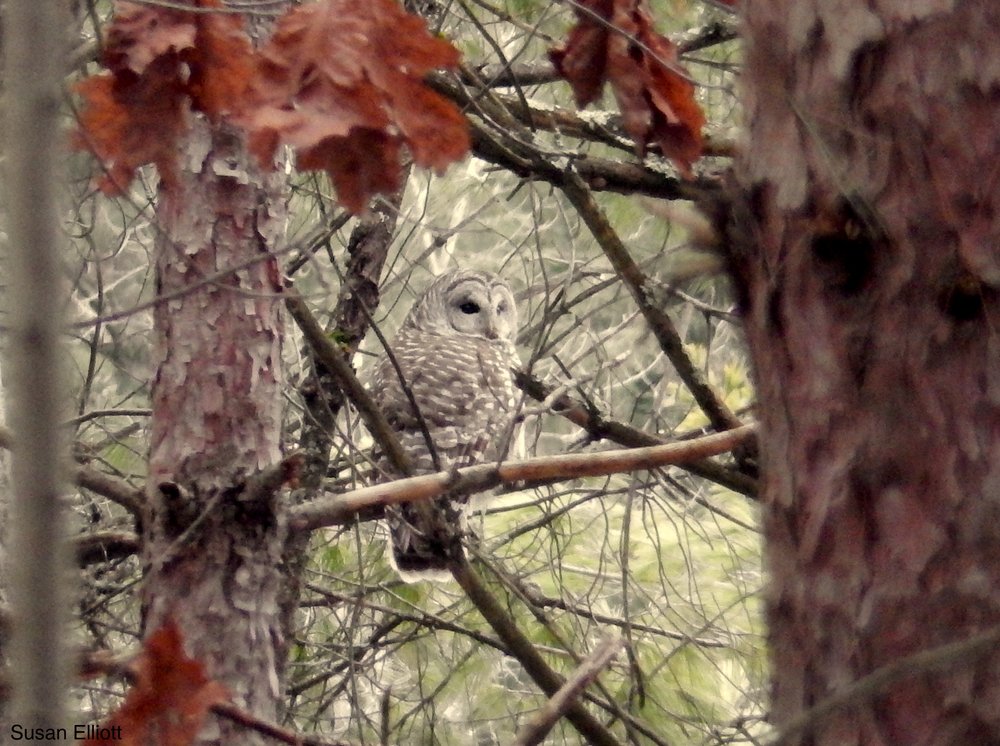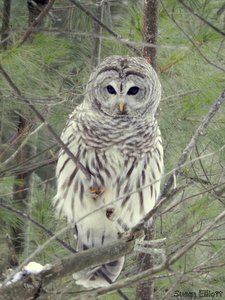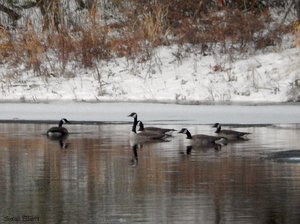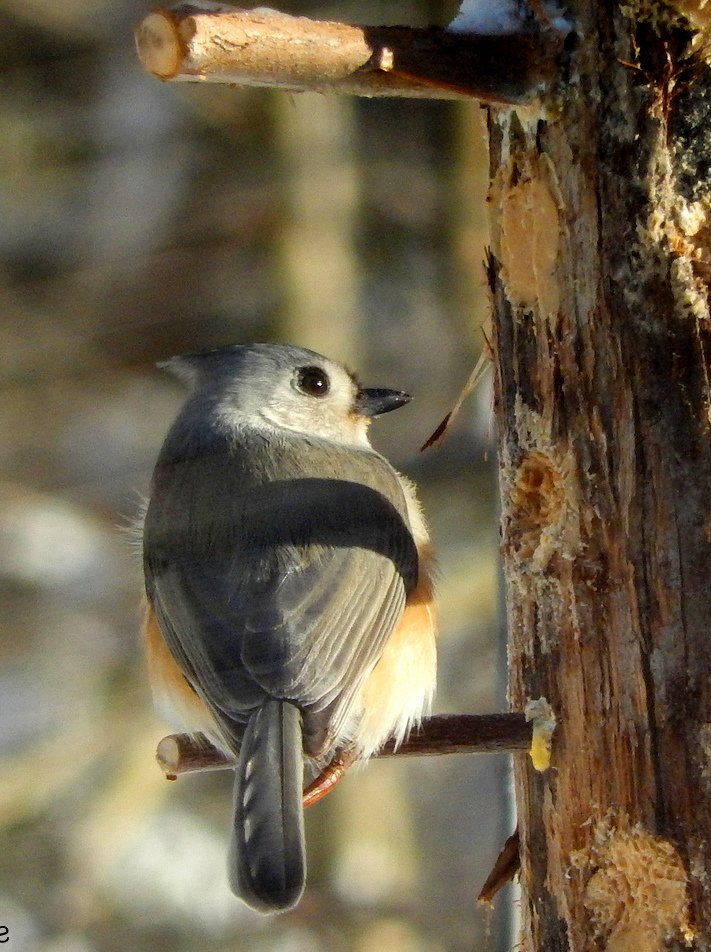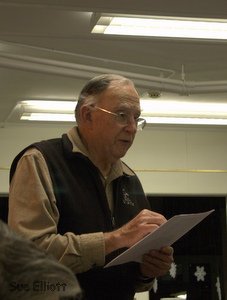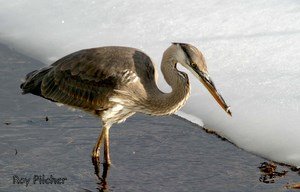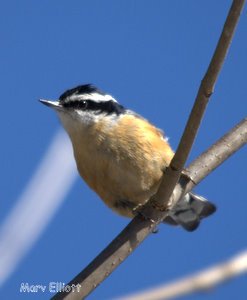 Northwood Park Walking LoopWhen we set the date a year ago for this year's Christmas Bird Count, little did we know the challenges we would face. It may not have been exactly as we planned, but, despite adversity, Rutland County Audubon completed its 47th (National Audubon's 121st) annual CBC on January 2.
Northwood Park Walking LoopWhen we set the date a year ago for this year's Christmas Bird Count, little did we know the challenges we would face. It may not have been exactly as we planned, but, despite adversity, Rutland County Audubon completed its 47th (National Audubon's 121st) annual CBC on January 2.
Planning was hampered by the uncertainty around the pandemic and the state’s Covid guidelines. A few regular participants could not join us due to quarantine requirements. Fortunately, volunteers stepped up to fill in the void. Past team leaders were up to the task of dividing their count areas to meet the changing Covid guidelines. All our sections were completed to varying degree. Twelve feeder watchers around the count circle, a 15-mile diameter circle centered in Center Rutland, also contributed to the effort.
 Common RedpollCount day began with inclement weather. With morning snow, sleet and rain, many participants were delayed starting the count. The roads cleared, but then fog set in around mid-day.
Common RedpollCount day began with inclement weather. With morning snow, sleet and rain, many participants were delayed starting the count. The roads cleared, but then fog set in around mid-day.
So how did we do? The species total was 48. This compares to 49 species in the prior two years and 52 and 53 for 2017 and 2016 respectively. Individual numbers were down with 4,335 birds counted, but not too badly compared to 4390 one year ago. CBC numbers have shown a decline in bird populations. You can track those changes in bird populations here.
This is an irruption year so fortunately all but bohemian waxwings were noted. These irruptive species included common redpoll, pine siskin, red crossbill and pine grosbeak. Fortunately, evening grosbeaks were reported as a Count Week bird (a species seen either the three days prior to count day or three days following, but not on count day itself).
Two great blue herons and one belted kingfisher, two species, sometimes gone for the season were observed.
Raptors included six Cooper’s hawks, one bald eagle, 25 red-tailed hawks, one peregrine falcon (on its usual perch on the Grace Congregational Church steeple), and one merlin in a Rutland City neighborhood.
A northern mockingbird rounded out the count as a Count Week bird seen the day following.
A big thank you to all who organized and participated! We look forward to seeing you in a healthy and better 2021 Christmas Bird Count!


